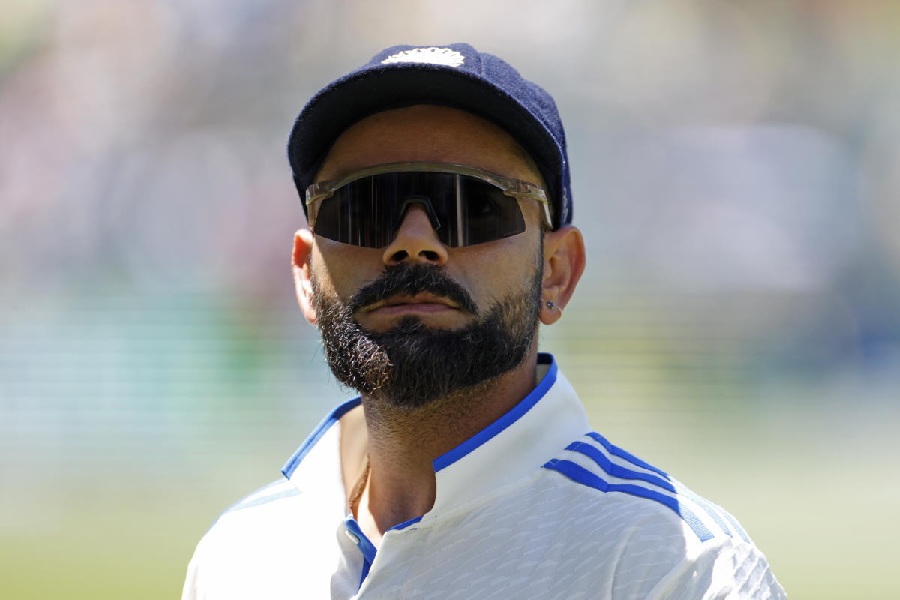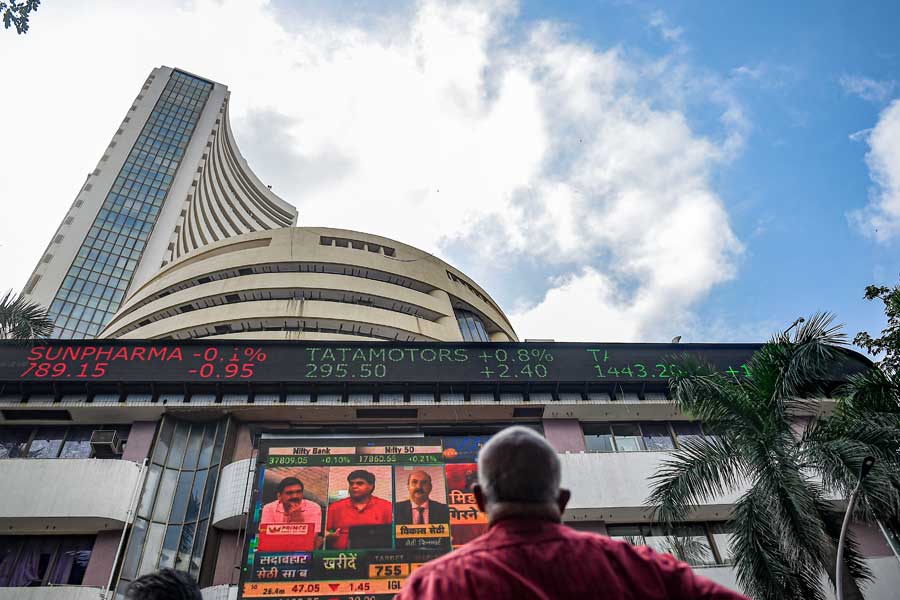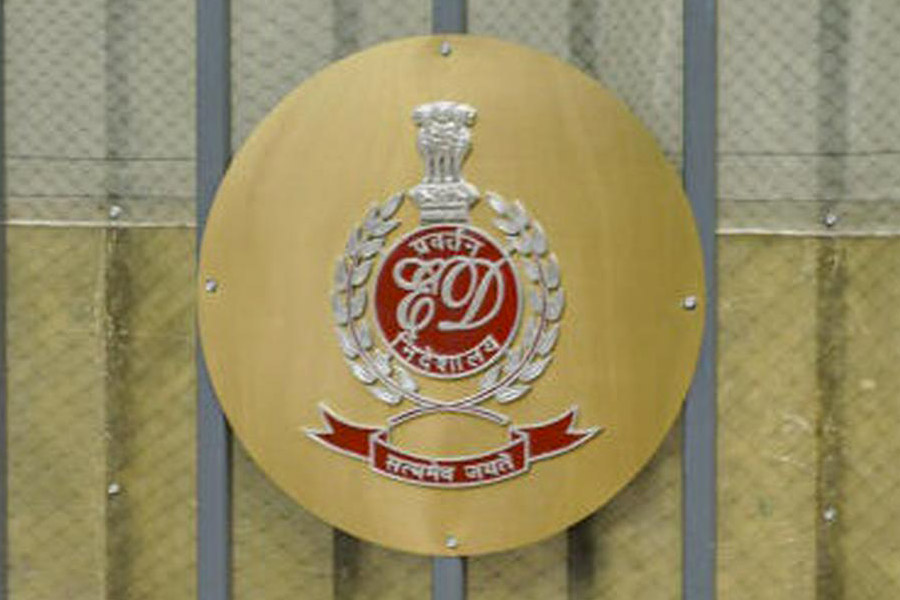The Kapil Muni Ashram in Sagar Island of South 24-Parganas is under grave threat as relentless tidal waves continue to erode the coastline, inching dangerously close to the sacred site.
Concerned by the worsening situation, the Mamata Banerjee government is exploring long-term solutions to protect one of the state’s most visited pilgrimage destinations.
A detailed project report (DPR) has been prepared by the state government on the recommendations of IIT-Madras, for ₹267 crore to combat the erosion. But with no financial assistance forthcoming from the Centre, the Bengal government has been mulling to take up the work using its own resources.
Mamata has meanwhile written to the Netherlands government for technical advice. Sources in Banana claimed that the World Bank has expressed interest to address the issue.
For years, the state government has been carrying out routine protective measures usually ahead of the annual Gangasagar Mela and the monsoon season. Despite these efforts, persistent erosion has brought the coastline alarmingly closer to the temple—now just 450 metres from the eroded bank.
Temporary solutions, such as last year’s tetrapod-based protection costing ₹16 crore, failed to withstand the forces of nature, leaving local residents and officials increasingly frustrated over absence of work of a permanent nature. The irrigation department is currently engaged in earth-filling repairs near the temple, spending ₹2 crore like previous years.
However, district officials warn that such measures are short-lived.
“Every three months, the high tides wash away the earth and the money in real terms making the situation even more precarious. Without a permanent solution, the temple’s existence remains under constant threat,” said a senior district official.
State irrigation minister Manas Bhunia criticised the central government for its lack of financial support, calling erosion control a “monumental task” that requires central assistance. However, sources indicate that the state has not sought the mandatory Coastal Regulation Zone (CRZ) permissions from the Union ministry of environment and forests, further complicating matters.
“The central government has never shown any willingness to allocate funds for erosion control projects. This lack of cooperation has stalled critical long-term efforts,” Bhunia said.
Bhunia has asked senior engineers of the state irrigation department to talk to IIT Chennai for fresh assistance, as well as from the National Institute of Oceanography, and the Kolkata Port Trust to devise a sustainable solution.
While the World Bank has expressed interest in partnering on the initiative, irrigation department officials admit that all proposals are still in preliminary stages. “We are evaluating all options and expect to take a final decision after the Gangasagar Mela in January,” said an irrigation department engineer.
The stretch of coastline from Beach II to Beach III, opposite the temple, remains the most vulnerable at present, with repeated erosion significantly reducing the distance between the temple and the sea. Local residents accuse the government of negligence, pointing to years of ineffective interventions.
Experts warn that without immediate and robust action, the geography of the island will continue to shift, putting both the temple and the livelihoods of nearby communities at risk.
“We are hopeful of finding a permanent solution soon,” Bhunia said, underscoring the need for collective efforts to save this historic site from nature’s fury.










